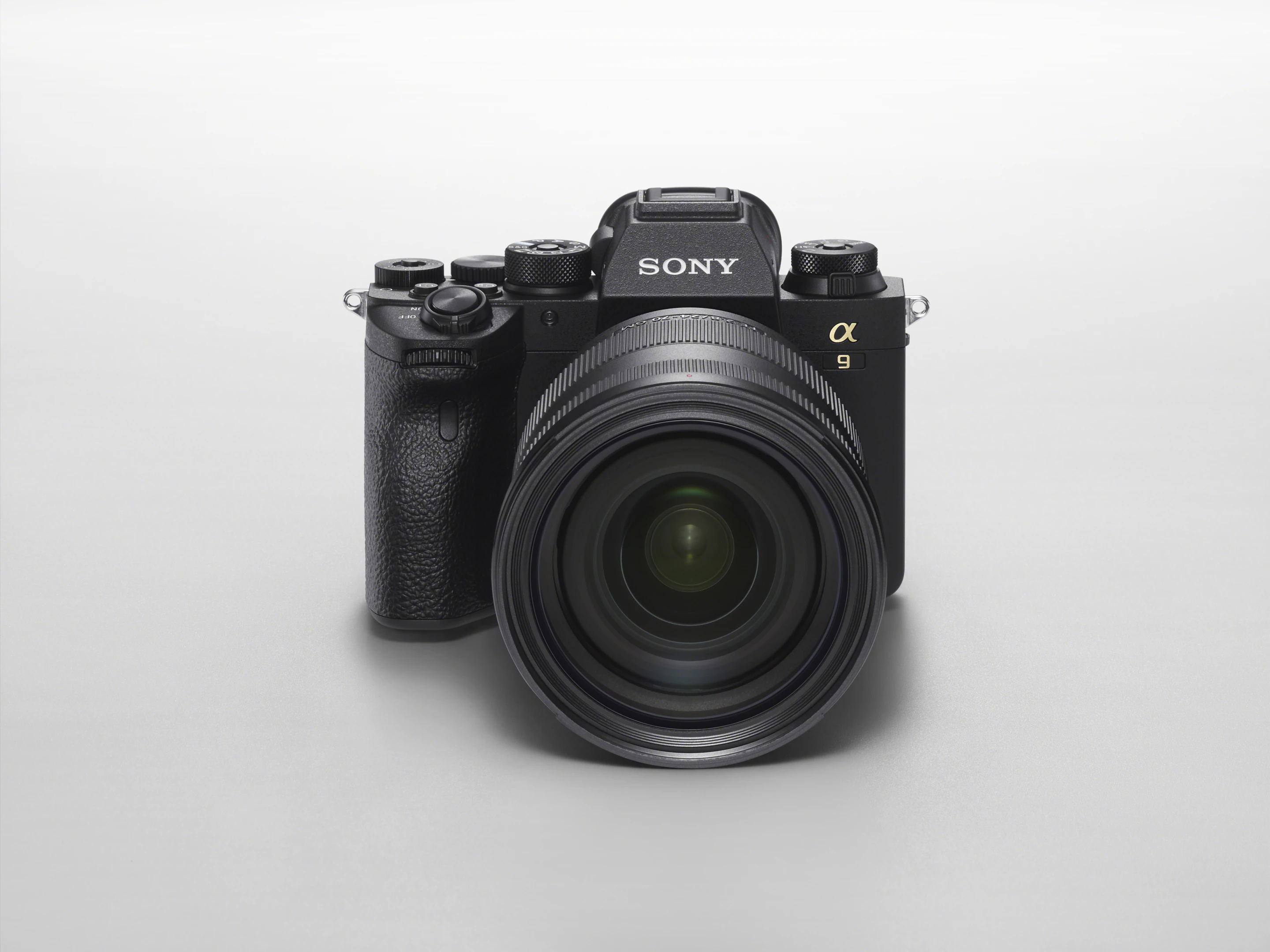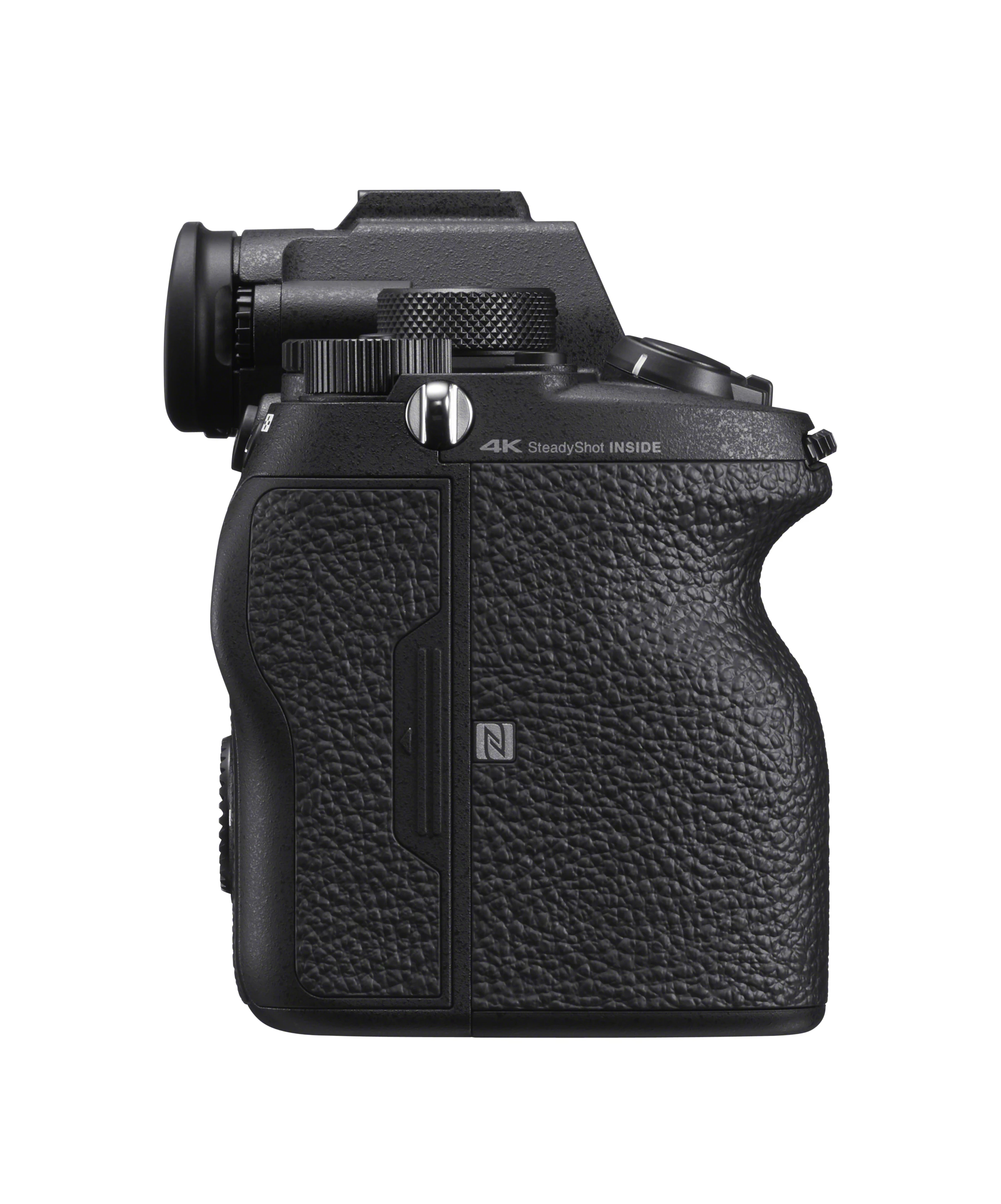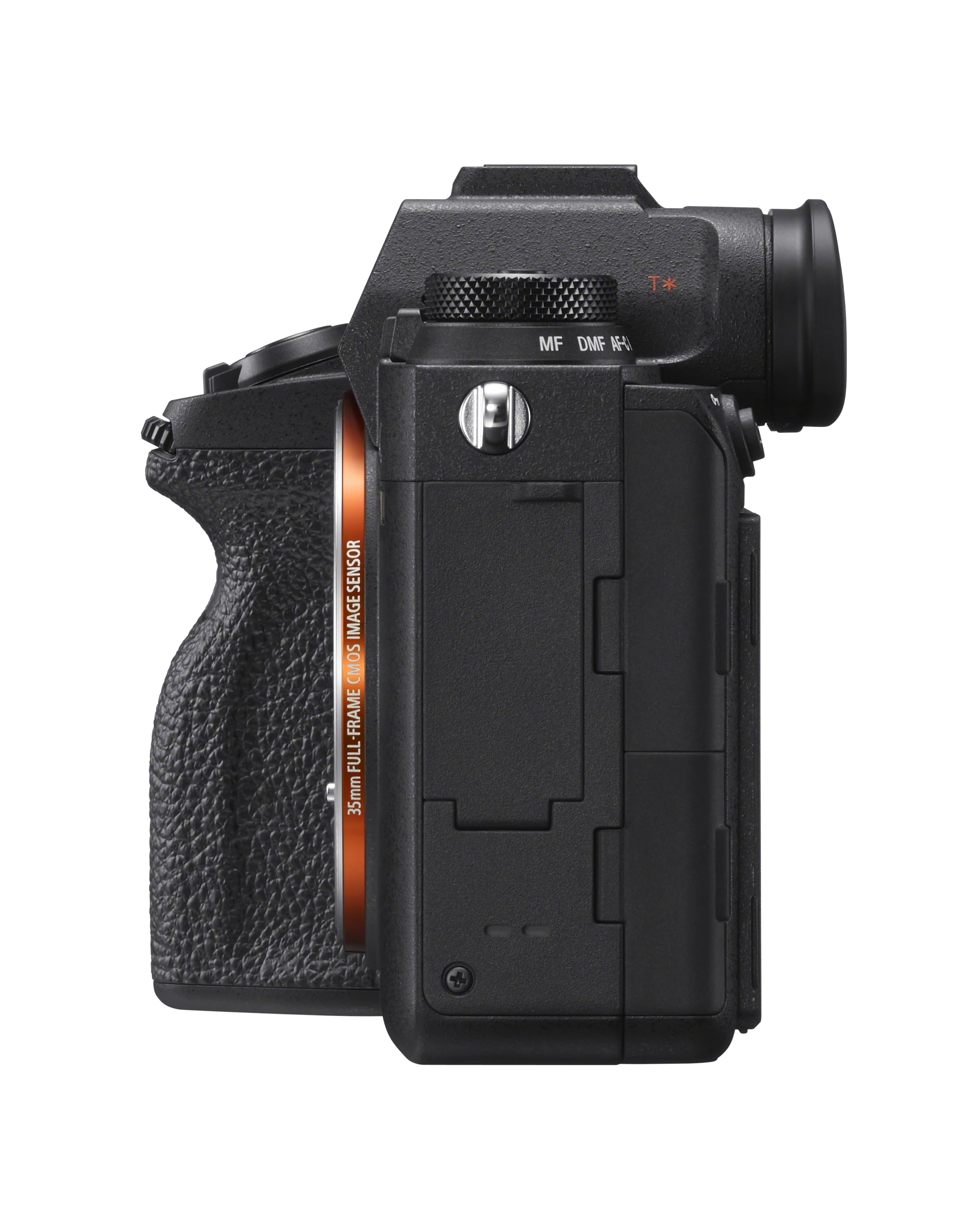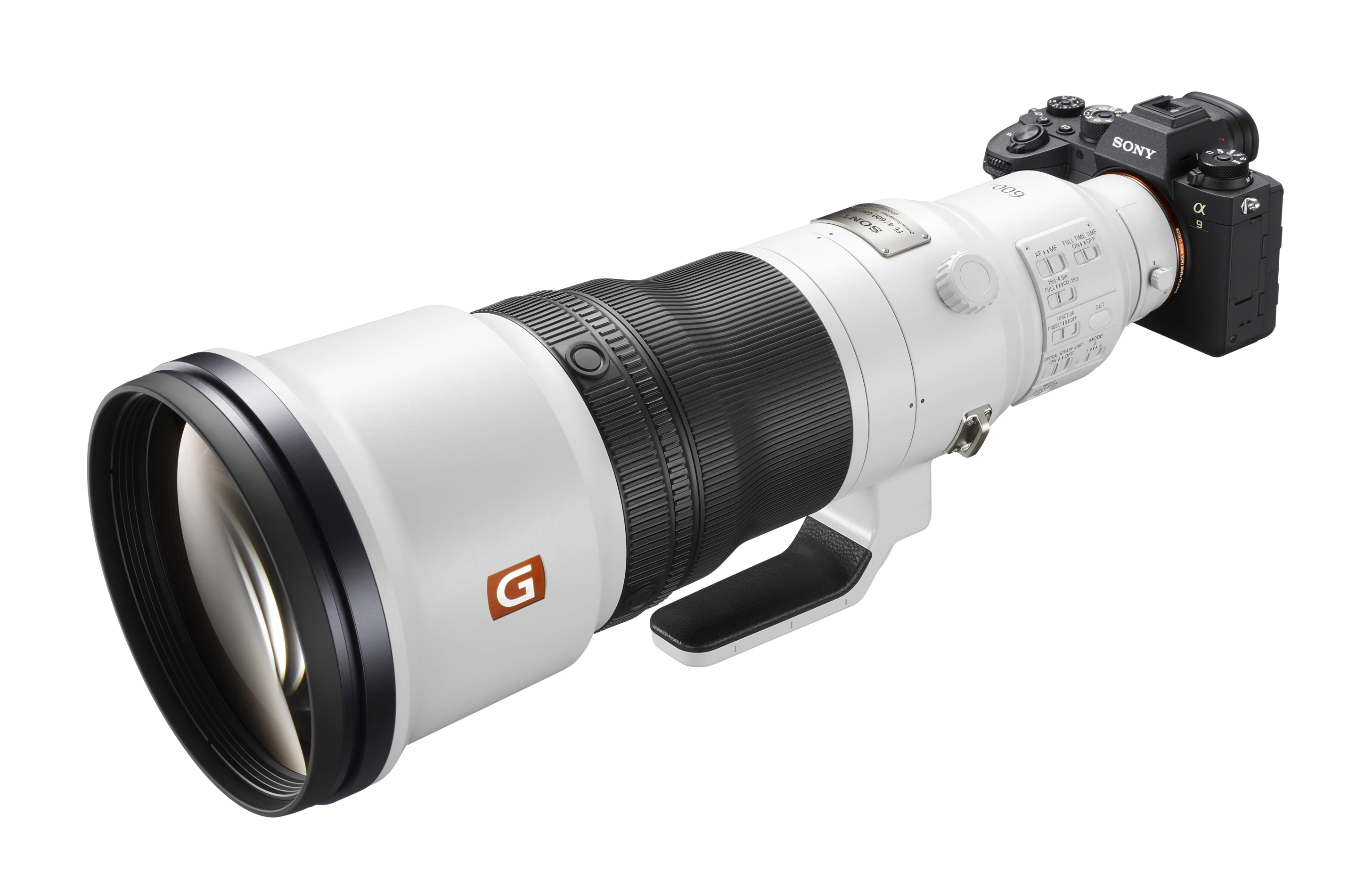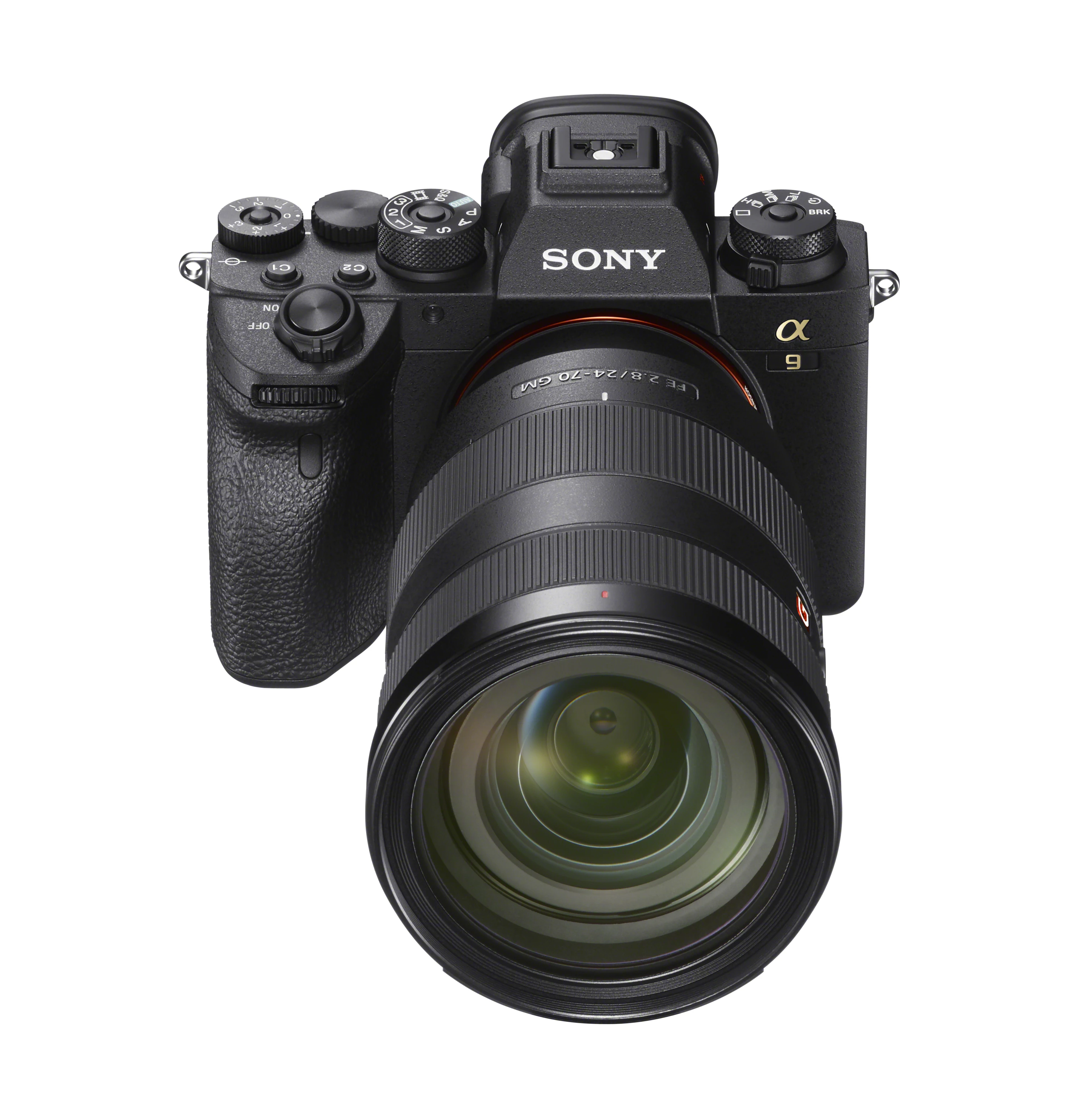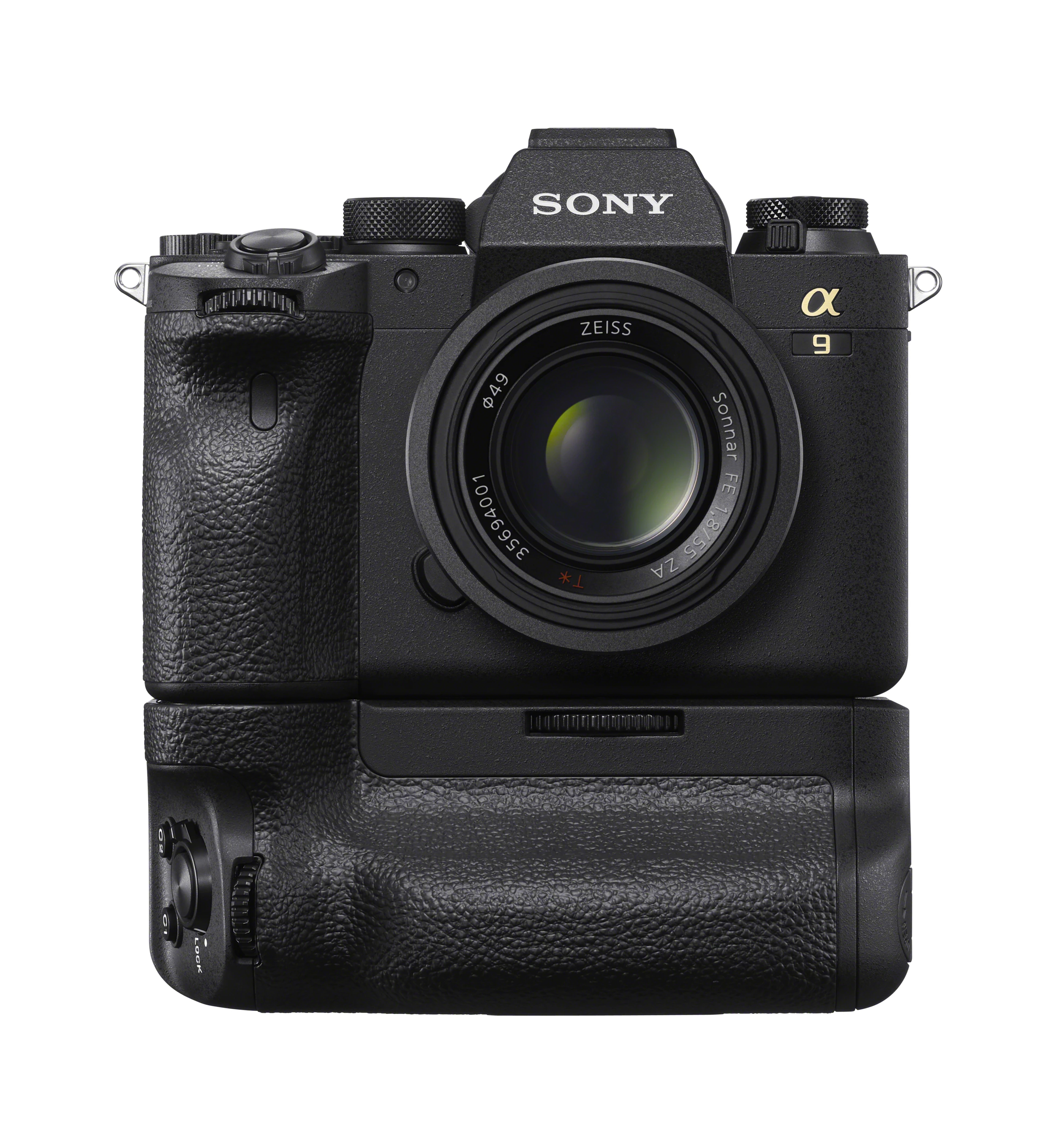Sony's a9 absolutely knocked our socks off when we first had a chance to use it in 2017. It was the first mirrorless full-frame digital camera that seemed to offer all the benefits of mirrorless shooting with none of the drawbacks, the first toll of a death knell for the DSLR.
Two years later, Sony has released an updated a9 II, and while this new beast's spec sheet is more an evolution than a revolution, it includes thoughtful new touches aimed squarely at the working professional end of the market. Sony wants the a9 II to compete at the toughest end of photojournalism and sports shooting.
As such, there are no improvements to things like the original a9's brilliant sensor, the EVF or any extra autofocus points on top of the 693 the original blew us away with, focusing 60 times per second and basically never missing a shot. Instead, the new model concentrates on ruggedness and weatherproofing, connectivity and file transfer, and other refinements that'll be of particular use to top-level pro shooters in the field.
Thus, the body is redesigned to be more like the a7R IV; tougher, better weather-sealed. The grip is a touch bigger. The exposure compensation and focus mode dials now have button locks so you can't bump them out of whack. There's a new multifunction dial on the top, and the card slot now takes two UHS-I or UHS-II compatible SD cards for quicker write speeds.

In terms of connectivity, the emphasis is on getting files out of the camera and uploaded to an external site as quickly and effectively as possible. Thus, the Ethernet LAN port now supports 1 gigabyte per second transfers, 10 times faster than the original model. There's support for both 2.4 and 5 GHz WiFi, and the USB-C port has been upgraded to support 3.2 Gen.1 high speed transfers and greatly improved remote shooting.
Voice tagging has been added, meaning that once you've shot something, you can quickly speak into the camera exactly what the shot's about, and the camera will package the voice file with information you (or other team members) can later use for captioning. Indeed, using a Transfer and Tagging add-on, you can have the voice tags automatically converted to text. Very handy.
While the electronic shutter still allows you to grab 20 frames per second while continuously autofocusing, the mechanical shutter is now twice as fast, offering 10 fps; handy in artificial lighting situations that may not allow the use of the electronic shutter.
Autofocus hardware hasn't been changed, but the BIONZ X processor has been upgraded to help the camera focus even faster and enable a few new modes, which include real-time eye AF with right/left eye selection (this also works with animals), real-time tracking, and the ability to use the touch pad to change your focal point selection while you're looking through the EVF.

In terms of video, real-time eye AF now works in video modes, and Sony says it's good enough that people can begin relying on autofocus for video – that would indeed be a game-changing leap forward. The a9 II also supports shotgun and XLR mic adaptors that run through the multi-function shoe instead of through cables.
For many enthusiasts, the new features won't set the world on fire or justify the additional cost. For some professionals, the a9 II eliminates some deal-breaking feature absences. As such, Sony has decided to continue selling the a9 alongside the a9 II, so those who need the pro-grade updates can have them, and the rest of us can look to the cheaper option.
Where the a9 is now selling around the US$3,500 mark, the a9 II is available now for US$4,500. A drop in the bucket for a working pro, but no small consideration for a hobbyist. Take a look at the video below for a nice walk-through of the new camera's features and focus.
Source: Sony


